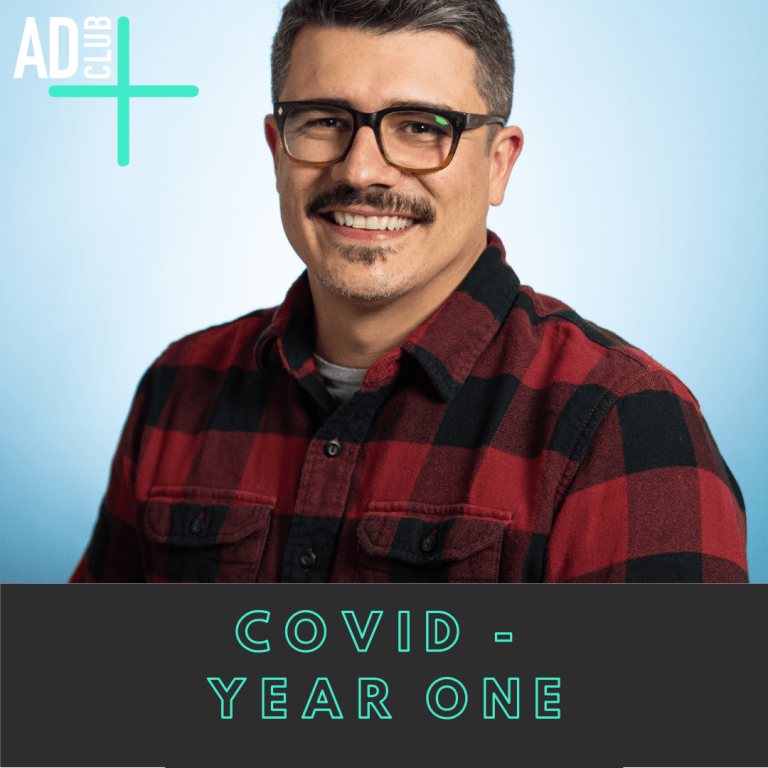Industry Moving Forward: Media Planning To Account for Experiences
Industry Moving Forward: Media Planning To Account for Experiences

From Member Rodrigo Coelho, VP Strategy, Canada, Momentum Worldwide
As we look back on this past year, how do you think the advertising industry has evolved?
When faced with challenges, creativity thrives every time. This past year we saw an acceleration of purpose-led marketing with brands striving to earn a meaningful role in people’s lives beyond their product or service. More than that, an inflection point for creativity focused on creating deeper emotional connections. Brands surrounded themselves with ideas and mechanisms that reinforced the era of convenience, but also infused their marketing efforts with initiatives that created true connections addressing people’s need to go further than buying a product, and instead buying in. In some cases, brands started to look too much alike when they used reflective piano soundtracks, overused words or just slapped their logos on streaming opportunities. In other cases, brands really separated themselves from the pack. Those were the ones that took some risks and used the marriage of data with instinctual truths. Some even changed their company’s mission statements, reshaping not only what they say, but how they did things. As a strategist, I was always most proud of the work that placed goodness and real contributions at the core—the ones that empowered brands to be catalysts for positive change. But those often had a business impact in the longer term, diminishing the importance of those decisions. Today, as people expect brands to step up and support communities, support their passions, help them restore connections, contribute with their wellness, enable their sustainability values and make them laugh, doing good has a more immediate impact. Goodness was never as good for business. Purpose-led initiatives not only reinforce why anyone should care about you, they increase trust, empathy and advocacy. After all, no one really cares until they share.
Due to the various COVID restrictions, what are some innovative ways in which agencies have produced content?
The industry was always in pursuit of innovating ways to produce content, despite the protocols Covid has forced us to use. Either for breakthrough or budget reasons, content produced using technology, using influencers as creators, and using different techniques that require less or no shooting were on the rise. In the beginning, for example, speed to market mattered more than anything, so lower production levels and less-refined content actually helped brands be perceived as transparent and real. That impacted timing, approval processes and the flexibility to operate with a little less predictability, ultimately reinforcing partnerships between clients and agencies, or breaking them.
Regardless of the content’s quality, its true power relied on the notion of creating ways to empower people to engage, interact and collaborate. The most innovative content production I admired were ones prepared to trigger reactions when they were live and really built a blended environment celebrating brands’ and consumers’ creativity. Take in-game content or TikToks as best-in-class examples. They both pushed content production to really account for content being purposefully produced for the specific platform, taking into consideration audience behaviors in the selected channel.
When we aim for triggering reactions instead of reach, we will always land on a more meaningful connection.
How do you believe COVID has influenced the ways in which we consume media? Has the industry adapted accordingly?
According to our pre-pandemic study WE KNOW Experiences, 57% of people were spending more money with experiences than things. Although there was a huge rise in e-comm and social shopping accelerated by the pandemic constraints, people are buying more things that enable them to experience life. That basically set the tone for the shift in which we consume media today. We expect shopping to be one click away from any content.
With the return of live sports and events, how have you adjusted your media buying strategy?
Now that we’re more than a year deep, there is an overall sense of stagnation or emptiness. Some are even feeling joyless and aimless. And live sports and events can help recover those adrenaline peaks we used to have when attending live. For many, when we ask what’s the first thing they will do after we can safely come back, a live experience is cited along with the presence of someone special as a way to reestablish their connection to others and themselves. According to our recent Return to Live study, 84% of consumers say they can’t wait to spend money on fun things that will get them out of the house. That alone points to the return of “in experience media,” from the journey there to the experience itself. But we can’t forget the normalization of virtual entertainment. For example, more will look to start incorporating a hybrid approach (55% today vs. 38% in Dec 2020) and media will follow. So, it will literally be a case-by-case strategy depending on the comfort level a certain event will attract, but there is a common thread: planning media will have to account for a shift in experiences. That means equal importance placed on aligning customized messaging with the emotion the audience will be feeling.
Rodrigo has 18 years of experience in integrated communications, effortlessly marrying business & brand strategy, data-driven context and creativity. Throughout his years, Rodrigo has truly led a global career across a variety of sectors, operating from Brasil, UK, Japan and now in Canada. Currently, Rodrigo oversees our largest integrated accounts including Danone, Accor, Hudson’s Bay and General Motors (Chevrolet, Buick and GMC) as well a team of subject matter experts such as the shopper team dedicated to Coca-Cola and the sponsorship team dedicated to General Motors.
